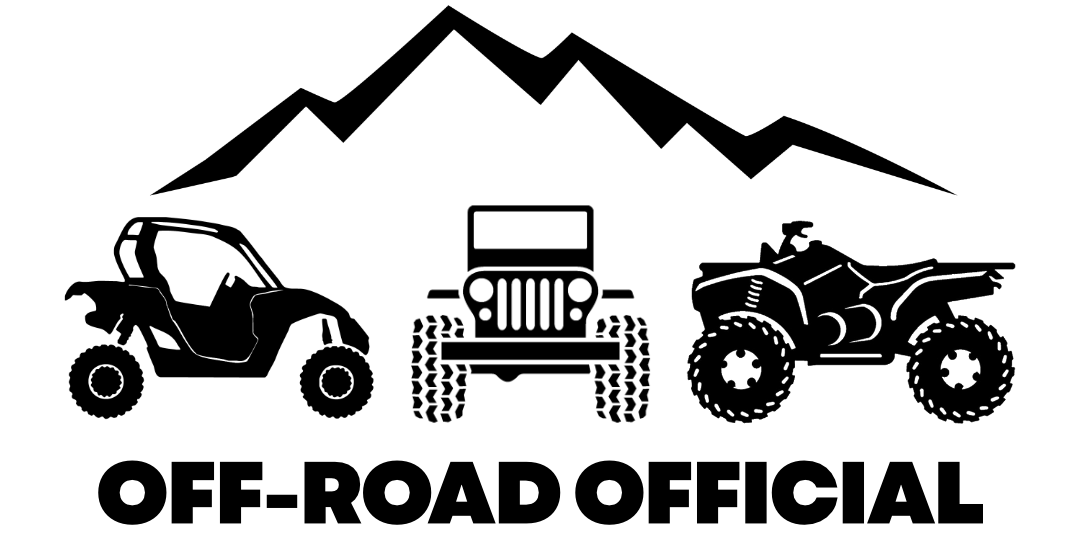As a utility-focused side-by-side, speed is not the first thing most think of when it comes to the Honda Pioneer 1000.
Which makes sense, given that their engines are built with a focus on low-end torque and power to handle the toughest working tasks you can throw at them.
But if you read through their main strengths and weaknesses in this Honda Pioneer 1000 review, you’ll find these models do offer some solid recreational appeal for those who want to trail ride or open it up from time to time.
So just how fast does the Pioneer 1000 go?
And what are some steps you can take to overcome some of the limitations these models have as far as trail riding goes?
This guide will answer those questions while detailing the following:
- Top speed of each Pioneer 1000 model
- Top speeds of High and Low gears
- Which models have a speed limiter
- Modifications to make the Pioneer 1000 faster and smoother on the pavement and trails
Why A Pioneer 1000 Over A Sport Side-By-Side?
For those who want to open it up and be able to keep pace with some of the faster side-by-sides, many will tell you to get something like a Polaris RZR, a Can Am Maverick, or Honda Talon.
But if you want the flexibility to perform tough working tasks like plowing or hauling, do some trail riding with the family…but also the ability to ride hard with the fellas, a utility side-by-side like with Pioneer 1000 is likely your best bet.
In order to keep up on the trail and not have brain damage after riding your Pioneer 1000 all day though, you’ll need to make some modifications to make it both faster and smoother.
We’ll get to those, but let’s start with these models’ top speed.
Honda Pioneer 1000 Top Speed
Each of the four Pioneer 1000 models is powered by the same 999cc twin-cylinder engine with a maximum power output of 72 horsepower.
The Honda Pioneer 1000 top speed is between 65-67 mph, depending on the terrain and load weight.
That goes for all models and surprisingly makes them the fastest utility side-by-sides in the industry.
If you’re riding with one or more passengers, a more realistic top speed range is between 60-63 mph.
To see how it stacks up speed-wise with the other Pioneer models, check out this full review of the Pioneer 700, this Pioneer 520 review, or this detailed rundown of the Pioneer 500.
Honda Pioneer 1000 Speed Limiter
There is an electronic speed limiter or rev limiter programmed into the ECU of each Honda 1000.
These speed limiters serve to limit the top speed of the vehicle in both High and Low gears, as the engines are only built to go so fast.
The speed limiter kicks in between 65-67 mph in High gear, and you’ll notice that when going anywhere over 50 mph or so your engine will really be screaming.
The top speed you’ll reach in Low gear is 34 mph, with the speed limiter kicking in at that speed and the RPMs falling off.
Bypassing The Speed Limiter
There’s really only one way to bypass the electronic speed limiter in the Honda Pioneer 1000, and that’s to have your ECU tuned.
And doing this will improve your top-end speed in Low gear much more than it will in High gear.
This is highly beneficial though, as most folks spend most of their time driving their Pioneer in Low gear, and only being able to hit 34 mph in stock form can be a bummer.
The good news is that if you tune your ECU and bypass the speed limiter, you should be able to top out around 50 mph in Low which makes a big difference.
A tune will likely only increase your top speed by a few mph in High, as these engines are just not meant to go much faster.
Making The Pioneer 1000 Faster And Smoother
Aside from having the ECU tuned, there are some additional ways to make your Pioneer faster and a better overall trail riding option.
Upgrade The Tires
The Pioneer 1000 models all come equipped with stock 27-inch tires in the front and rear.
While the traction these tires offer isn’t bad, they’re smaller than what you’ll find on some of the faster utility side-by-sides in the 1000cc class including the Can Am Defenders and Polaris Rangers.
Many Pioneer 1000 owners have upgraded to 28-inch or 29-inch tires and gained between 3-5 mph.
Anything bigger than that and you may need to add a lift to the machine to prevent the tires from rubbing the rear fenders.
These bigger tires will also increase performance on the trails.
Upgrade The Shocks
The stock shocks on the Honda Pioneer 1000 base and Deluxe models are known to be a point of weakness.
They tend to lead to a stiffer, less comfortable ride on the trails.
Upgrading to some Fox QS3 shocks, like the ones that come standard with the Trail and Forest models, will increase the smoothness and overall performance on the trail.
Walker Evans shocks are also some of the highest recommended for the Pioneer 1000, and should even add a couple of inches of ground clearance.
Final Word
If you’re looking for a side-by-side that offers a good middle ground between utility and recreational ability, give the Honda Pioneer 1000 a look.
You’ll likely need to make some modifications to this model for it to reach its full potential on the trails, but once you do it will hang right in with the best in its class.
To see how these stack up speed-wise with some others in the class, check out the following before you go:


